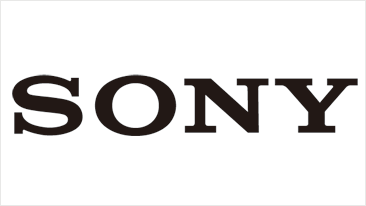The emergence of global fashion has transformed the way fashion is perceived in the contemporary world. In the recent years, there has been a surge of global fashion brands; triggered by the intensive involvement of internationalization processes in the fashion industry. Large retailers in search of sustained growth increasingly decide to expand overseas, responding and contributing to the globalization process. Operating internationally is an increasingly common option for organisational growth. The process becomes a necessity when the domestic market shows increasing levels of competition and commercial saturation. Incidentally, there are increasing numbers of born-global companies deciding to internationalize their businesses from the beginning of their activities, regardless of the domestic market situations. The desire to benefit from the exposure of Continue reading
Business Analysis Case
Case Study: Zara’s Entry into Indian Retail Fashion Market
Zara is an extremely renowned brand, known for its latest designs and is among the top 100 best global brands in 2010 .It uses the unusual strategy of zero advertising and instead invests the revenue in opening new stores across the world. Zara is popular amongst old and young generations too because it is affordable fashion. It is crystal clear that Zara is successfully living upto the standard of its two winning retail trends firstly, it is fashionable and secondly it is low in price thus resulting in a very effective mixture out of it. The first store of Zara was opened in a central street in Spain in 1977 by Amancio Ortega who also owns, other brands such as Continue reading
Case Study of Maggi: Brand Extension and Repositioning in India
The industrial revolution in Switzerland in the late 1800s created factory jobs for women, who were therefore left with very little time to prepare meals. This wide spread problem grew to be an object of intense study by the Swiss Public Welfare Society. As a part of its activities, the Society asked Julius Maggi miller to create a vegetable food product that would be quick to prepare and easy to digest. Born on October 9, 1846 in Frauenfeld, Switzerland, Julius Michael Johannes Maggi was the oldest son of an immigrant from Italy who took Swiss citizenship. Julius Maggi became a miller and took on the reputation as an inventive and capable businessman. In 1863, Julius Maggi came up with a Continue reading
Case Study of Apple: Strategic Enablers and Barriers to Innovation
Apple generates ideas, manage innovation and then effectively diffuse the innovation. They generate ideas or search for opportunities by carrying out effective research and development, Apple has an innovation factory which carries out all experiments using the talented pool of people they have. It follows competition and tries to stay one step ahead of them. Effective linkages and networking is very important as valid information can be gained from them, so relations should be maintained with suppliers, dealers and other partners. Apple believes in learning and working in teams. Apple’s innovation is driven by external uncertainty and competition. Apple is also very effective in finding new market opportunities and reorganizing areas which were inefficient. It fills the gaps existing in Continue reading
Case Study: Business Model Innovation and Customer-Driven Innovation at Dell
Dell Computers have been the leaders in computer world for more than two decades. Dell has been empowering countries, communities, customers and people everywhere to use technology to realize their dreams and possiblities. Since the first Dell PC was introduced in 1986, Dell has continued to shape the industry by breaking new ground and pioneering critical developments in home, small business and enterprise computing. The Dell business connects with more than 5.4 billion customers every day with earnings of $14.9 billion comprising a net profit of $584 million. Dell’s continuous research and development (R&D) have proven efforts to reach the globe, which is driven by some of the industry’s foremost product designers and engineers. The core of Dell computers is Continue reading
Marketing Strategy of Sony Corporation
Strategic management decisions have multifunctional and multi-business consequences, this kind of decision require broad consideration of the firm’s external and internal environments, and it may affect the firm’s chance of prosperity. It is important to know what strategy is about, what can it do help the company prosper, what will happen if not used properly, what are the advantages and disadvantages of having a strategy. Strategy is a plan that assimilates the company’s major target; policies and rules; decisions and sequences of action into organized whole. Strategy is a combination of the company’s objectives, policies and decisions to be done in unison or contingent upon each other. Marketing strategy thus refers to how a company’s products or services its trade Continue reading





